Sound coding technology
1.G.721 ADPCM encoder
ADPCM is a waveform coding technique that uses high correlation between samples and quantization order adaptation to compress data.
CCITT has formulated the G.721 recommended standard for this purpose. This standard is called 32kb / s Adaptive Differential Pulse Code ModulaTIon to 24and 40kb / s for Digital Circuit MulTIplicaTIon Equipment Application. The data rate of the encoder using this standard can be reduced to 40kb / s and 24kb / s.
The G.721 ADPCM standard recommended by CCITT is a transcoding system. It uses ADPCM conversion technology to realize the conversion between 64kb / s A-law or μ-law PCM rate and 32kb / s rate.
2. Subband coding (SBC)
The main process of subband coding is:
â‘ Use a set of band-pass filters (BPF) to divide the frequency band of the input audio signal into several consecutive frequency bands, each frequency band is called a sub-band.
â‘¡A separate coding scheme is used to encode the audio signal in each subband.
â‘¢When transmitting on the channel, the codes of each sub-band are combined.
â‘£When decoding at the receiving end, the codes of each sub-band are decoded separately, and then they are combined to restore the original audio signal.
The benefits of using separate encoding for each subband:
· First. Adaptive control of each sub-band signal, the size of the quantization step (quantization step) can be adjusted according to the energy level of each sub-band. Subbands with higher energy levels are dequantized with large quantization steps to reduce the total quantization noise.
· Second, according to the importance of each sub-band signal in perception, different number of bits can be assigned to each sub-band to represent each sample value. For example, in the low-frequency sub-band, in order to protect the structure of tones and formants, a smaller quantization order and more quantization stages are required, that is, more bits are allocated to represent the sample value. Friction and noise-like sounds in speech usually appear in high-frequency subbands, and fewer bits are assigned to it.
3. Sub-band-adaptive differential pulse code modulation (SB-ADPCM)
The G.711 standard with a sampling rate of 8 kHz, 8 bits / sample, and a data rate of 64 kb / s is a codec standard developed by CCITT for a voice signal frequency of (300 to 3400) Hz. Modern voice coding technology has been able to reduce the data rate without significantly reducing the sound quality. The 8KHz sampling rate recommended by CCITT, 4 bits per sample, the G.721 standard at 32 kb / s, and G.723, the extended standard of G.721, all illustrate the progress of voice compression coding technology.
G.722 is the audio signal encoding and decoding standard recommended by CCITT. The standard describes the coding principle, algorithm and calculation details of the audio signal with a bandwidth of 7kHz and a data rate of 64kb / s.
The main goal of G.722 is to maintain a data rate of 64kb / s, and the quality of the audio signal is significantly higher than that of G.711. The G.722 standard increases the sampling frequency of audio signals from 8kHz to 16KHz, which is twice the sampling rate of G.711PCM, so the frequency of the signal to be encoded is extended from the original 3.4kHz to 7kHz. This has greatly improved the quality of audio signals, from the voice quality of digital phones to the quality of AM radio broadcasting. As far as the quality of dialogue signals is concerned, there is not much improvement in increasing the sampling rate, but for signals such as music, the quality is greatly improved.
The G.722 coding and decoding system adopts self-adaptive differential pulse code modulation technology, and divides the frequency band into two equal-bandwidth sub-generations, namely high-frequency sub-band and low-frequency sub-band. The signal in each subband of equal bandwidth is encoded with ADPCM.
4.G.722 SB-ADPCM codec
In order to meet the growing urgent need for video conference calls, CITT formulated the G.722 recommended standard for this in 1988, which is called 7KHz audio signal coding with a data rate of 64kb / s-7kHz Audio-coding with 64kb / s. The standard improves the quality of voice signals from phone quality to AM radio broadcast quality, while the data transmission rate remains at 64kb / s.
Broadband speech refers to speech with a bandwidth of (50 ~ 7000) Hz. This kind of speech has a significant increase in intelligibility and naturalness compared to speech with a bandwidth of (300 ~ 3400) Hz. It is also easier to recognize the other party's speech people.
5. Linear predictive coding (LPC)
Linear predictive coding is a very important coding method. In principle, LPC analyzes the voice waveform to generate the parameters of the channel excitation and transfer function. The encoding of the sound waveform is actually converted into the encoding of these parameters, which greatly reduces the amount of sound data. At the receiving end, the parameters analyzed by LPC are used to reconstruct the speech through a speech synthesizer.
The synthesizer is actually a discrete time-varying time-varying linear filter, which represents a human voice generation system model. Time-varying linear filters are used as both predictors and synthesizers. When analyzing voice waveforms, it is mainly used as a predictor. As the voice waveform changes, the model parameters and excitation conditions are periodically adapted to the new requirements.
We are RGB LED manufacturers from China.
Five Years warranty.
All of our product are meet with Reach, CE, RoSH, SGS, EN62471 standards.
We have through-hole RGB LED and SMD RGB LED.
3-pin with bi-color LED, 4-pin LED, 6-pin LED and 8-pin LED.
Product polarity can be designed as a common cathode (A), a total of anode (+), can also be customized Promise LED.
RGB LED are mainly used in LED display, LED multicolor lights, led colorful decoration and other fields.
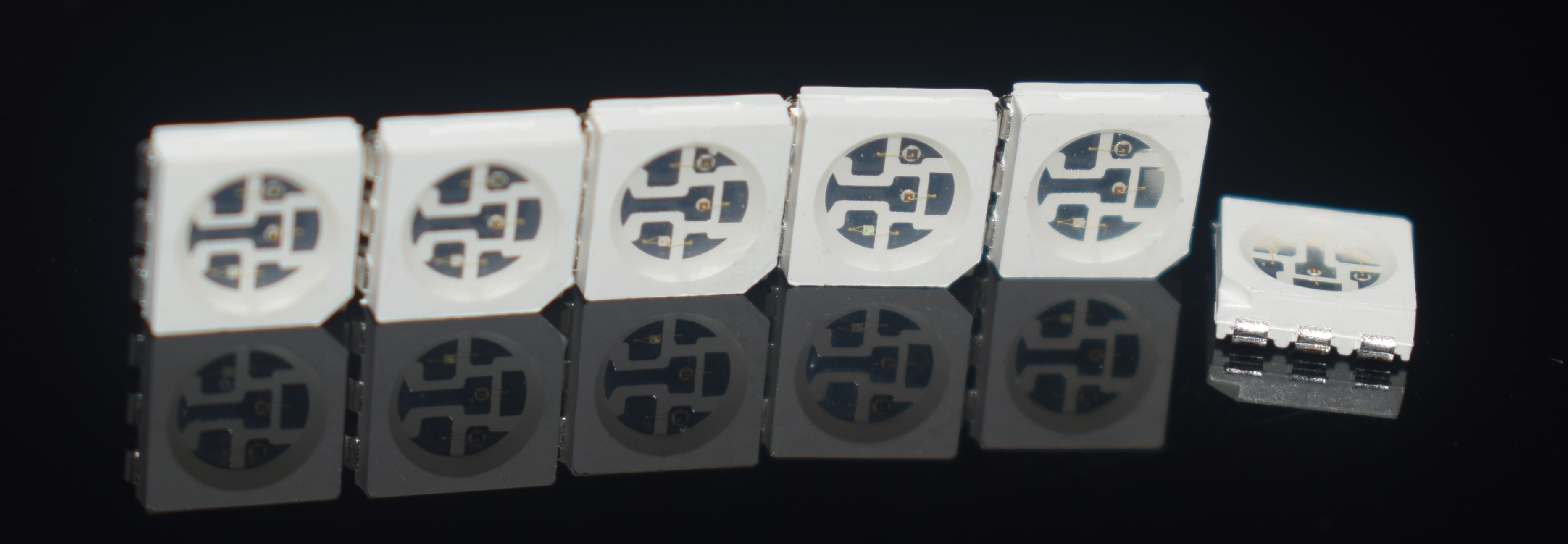
RGB LED is a combination LED of different wavelengths, the common combination is red + blue + green. It can use the built-in IC driver to change color to make a colorful light. Users can also use external IC on the circuit board to control long-bright RGB LED for the multi-color light. Its multi-color light and mixed white light has always been favored by the electronics industry. Products are widely used in keyboard lights, display lights, LED light bar, LED decorative lights, fence tube products.
RGB LED advantages:
1, Colorful: RGB LED can be red, blue, green light. Also can be mixed into red and blue form to pink, blue and green form to cyan, red and green form to yellow-green, red and blue form to green or three primary colors of white or warm white light.
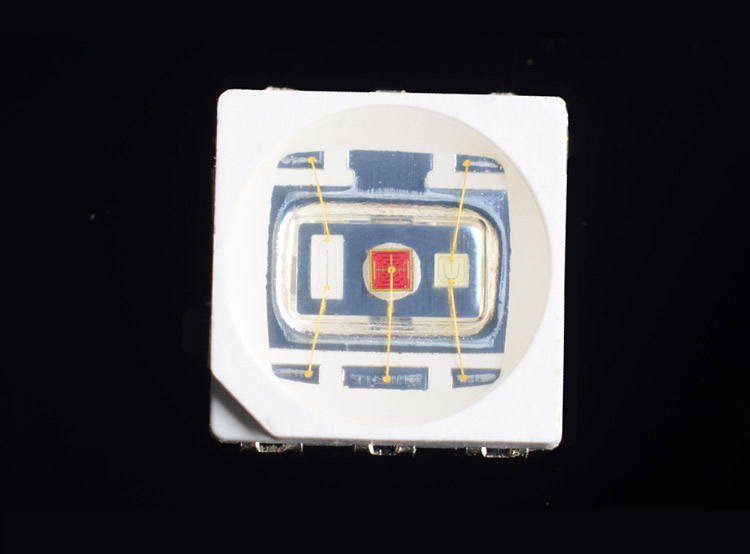
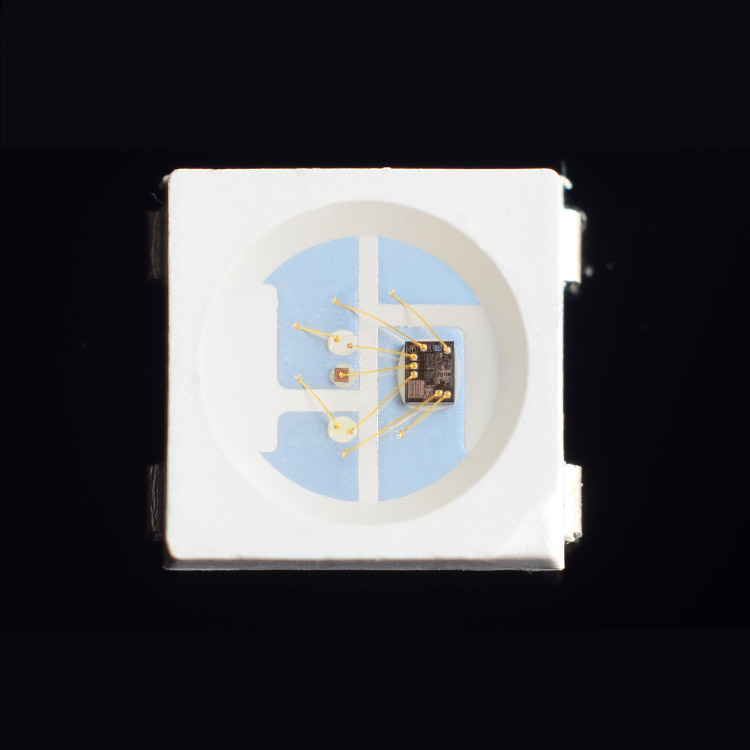
2, Multivariate shape: RGB LED shape can be SMD LED such as: 1010 RGB LED, 2020 RGB LED, 3528 RGB LED, 3535 RGB LED, 5050 RGB LED. Or be through-hole LED, such as 5MM RGB LED, 8mm RGB LED , also can be RGBW LED , such as 5050RGBW, 5050RGBWI and so on.
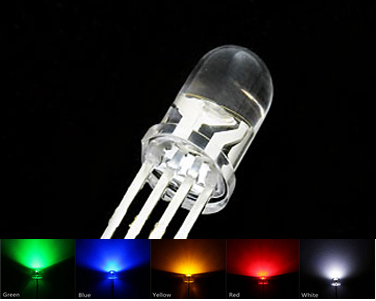
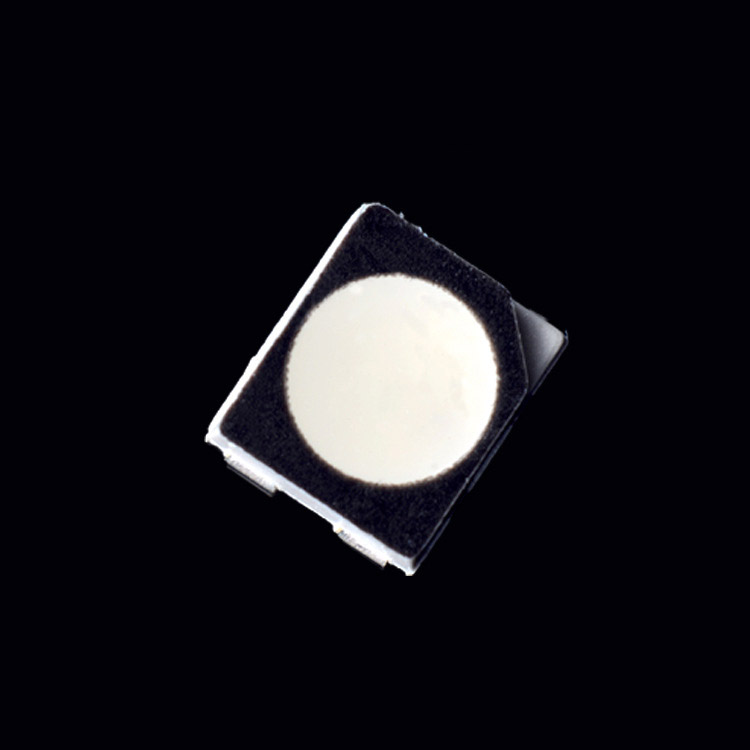
3, Flexibility: You can freely choose different wavelengths according to your own preferences or the needs of the product to be combined into two-color, three-color, four-color LED.
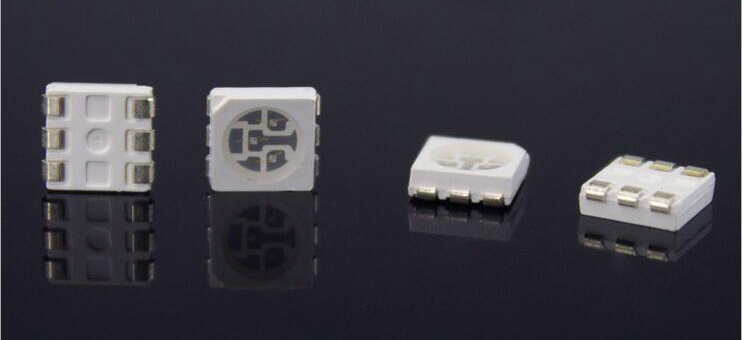
Our LED products have 5 year warranty. We are the best supplier for your light-emitting diode.
All of our products are meet ROHS, SGS, REACH, EN62471, EN60825 and ISO 9001 standards and the wavelength from 365nm to 1550nm. Welcome to visit our factory. If you need consultation, please send us mail directly.
RGB LED
RGB LED, SMD RGB LED, RGBW LED, 5050 RGB LED, 5MM RGB LED, High Power RGB LED
Shenzhen Best LED Opto-electronic Co.,Ltd , https://www.bestsmd.com
